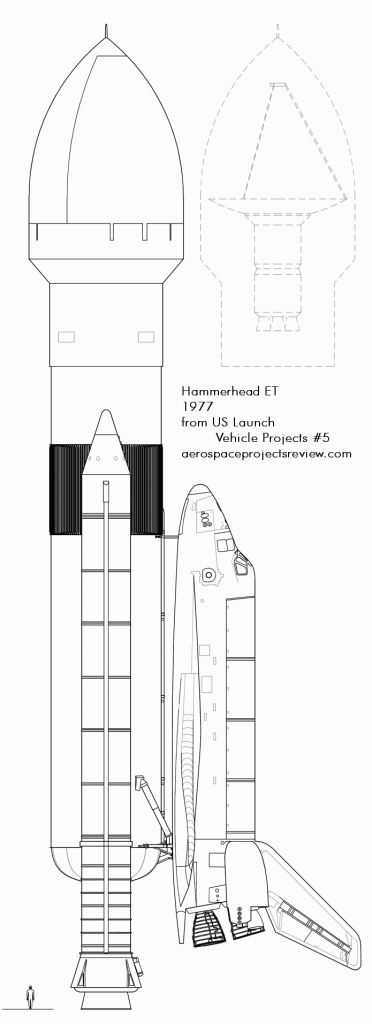While I realize that I am often rather flabbergasted by peoples motivations, I can’t be the only one to be stumped at why some people claim to be so terribly upset that someone else won’t take their money to bake them a cake. Go somewhere else. Or go on a damn diet. Are these solutions really that difficult?
But if the motives of the Social Cake Justice Warriors are difficult enough to figure out in their most basic form, imagine someone who *fakes* a minor bit of offensiveness and then sues the supposed offender, demanding not only millions in cold hard cash but the firing of innocent people.
In short, a black gay pastor (I might be wrong… maybe he’s a gay black pastor. I’m not up to date on the current hierarchy of victim groups) bought a cake decorated with “Love Wins” on it, and then added a three-letter slur word, claiming that the Whole Foods he bought the cake from did it. Specifically, the “victim” claimed the gay cake decorator added it. (Surveillance footage revealed that the added word wasn’t there when he bought it.) The “victim” then proceeded to file a lawsuit. The company sued him right back. The “victim” has now admitted that he lied, and has dropped his lawsuit…and for some reason the company has dropped their counter-suit.
Now, again I may be wrong here, but generally when Person A sues Company X, it is because they have been harmed in some way by a faulty product or fraudulent behavior or some such. I’m at a loss as to how this guy, even if his claim of a vandalized cake was true, could claim any sort of injury. If the courts were to have been insane enough to let him win because someone wrote a naughty word on his cake, rest assured that someone *saying* a naughty word would become lawsuit bait… and since that would be simply a matter of hurt *feelings,* then someone telling this pastor that his religious beliefs are wrong (because he’s worshiping God wrong, or worshiping the wrong god, or worshiping a mythical god, or… whatever) would seem an invitation to a lawsuit.
Whole Foods, on the other hand, *has* been harmed by this guy. Even if their reputation ends up intact, they still had to spend a lot of manhours dealing with this… internal investigators, PR flacks, lawyers, the whole thing. Plus the poor schmoe who the “victim” claimed scribbled the acronym for the Film Actors Guild onto his cake undoubtedly suffered considerable *real* stress. The “victim” here should, IMO, be sued into the permanent poorhouse. I’d be interested in what criminal laws can be brought to bear. With luck, someone will send him a Whole Foods cake in prison, with a file sculpted on it in frosting.
And for those on the other side: if someone comes in and wants your cake baking company to make them a cake that says something your religion disagrees with it, I have a simple suggestion: mask your contempt and take their money. Put your B Team on the job and get on with life, secure in the knowledge that you have drained their bank account slightly while filling them up with sugar and empty calories, shortening their lives.

